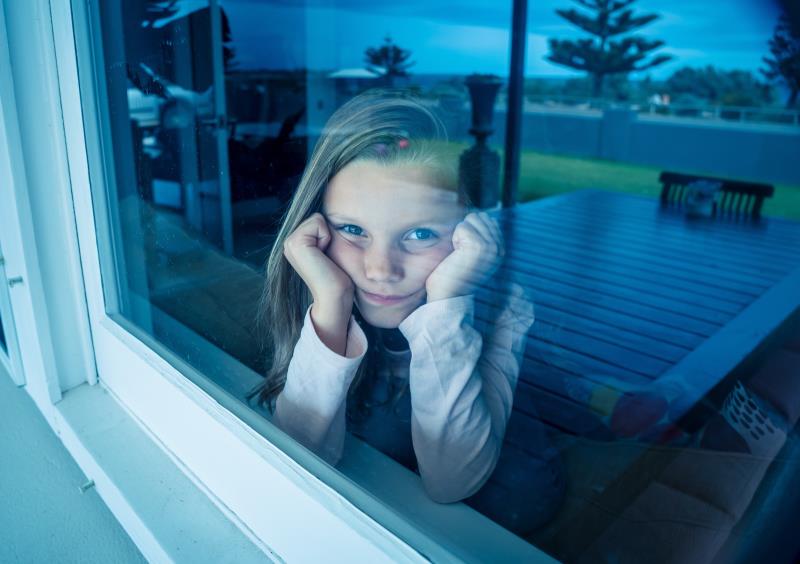Mental health declines substantially after first month of COVID-19 lockdown





Mental health in the UK population has declined substantially after the first month of coronavirus disease 2019 (COVID-19) lockdown, particularly among women, young people and those living with preschool children, a recent cohort study suggests.
In the study, data were collected from 17,452 participants aged ≥16 years (women, 43.9 percent; 55–69 years of age, 50.8 percent) through a COVID-19 web survey conducted on 23–30 April 2020, after 1 month of lockdown, with the sample weighted to represent the UK population. All participants were eligible members of households who took part in either Wave 8 or Wave 9 of the UK Household Longitudinal Study (HKHLS). [Lancet Psychiatry 2020; doi: 10.1016/S2215-0366(20)30308-4]
Results showed that the COVID-19 lockdown led to a significant increase in nonspecific mental stress in the overall population in the past 2 weeks, with an increase in mean 12-item General Health Questionnaire (GHQ-12) score from 11.5 (95 percent confidence interval [CI], 11.3 to 11.6) in 2018–2019 to 12.6 (95 percent CI, 12.5 to 12.8) in April 2020.
Mental distress was higher for women than men (mean GHQ-12, 13.6 vs 11.5), younger people (16–24 years of age) than older people (≥70 years of age) (mean GHQ-12, 14.7 vs 10.9), and in Asians than in white British individuals (mean GHQ-12, 13.7 vs 12.5). People living with vs without young children (0–5 years) also scored higher on GHQ-12 (mean, 13.7 vs 12.3).
Mental health disparities were notable across different socioeconomic status (SES) groups, with a mean GHQ-12 score of 13.9 vs 12.0 in households in the lowest vs highest income quintile.
Although a steady upward trend in prevalence of significant mental distress (ie, GHQ-12 scores exceeding threshold with presence of ≥4 symptoms) was observed over time (from 16.7 percent in 2014–2015 to 18.9 percent in 2018–2019), a marked increase to 27.3 percent occurred in April 2020. In particular, there was a steep rise in women aged 16–24 years, from 32.0 percent in 2018–2019 to 44.0 percent in April 2020.
Fixed-effects regression analysis revealed an overall 0.48 (95 percent CI, 0.07 to 0.90) increase in mean GHQ-12 score due to the COVID-19 pandemic compared with preceding trends. Young adults aged 18–24 years, individuals aged 25–34 years, households with children (0–5 years of age) and women had an increase in mean GHA-12 score of 2.69, 1.57, 1.45 and 0.92, respectively, after multivariate adjustment for age (p<0.0001), gender (p<0.0001), household income (p=0.0008), employment status (p=0.0037), living with a partner (p=0.48), age of the youngest child in the household (p=0.0003), and presence of an underlying health condition (p=0.66).
Variation was found in effect on change in mean GHQ-12 score according to employment status (-0.48 to 0.73) and household income quintiles (0.26 to 0.90).
When previous data were restricted to spring and summer months (ie, from 1 April to 31 August) in a sensitivity analysis, an overall 1.13 (95 percent CI, 0.39 to 1.86) increase in mean GHQ-12 score was found as a result of the COVID-19 pandemic.
“The pandemic has brought people’s differing life circumstances into stark contrast. The study’s results showed a widening of pre-existing mental health inequality in women and young people, as well as emerging inequality for those living with pre-schooled children. The evidence may provide support in informing social and educational policies aimed at mitigating the impact of the pandemic on the nation’s mental health,” said Dr Sally McManus of [City, University of London, UK, co-author of the study.